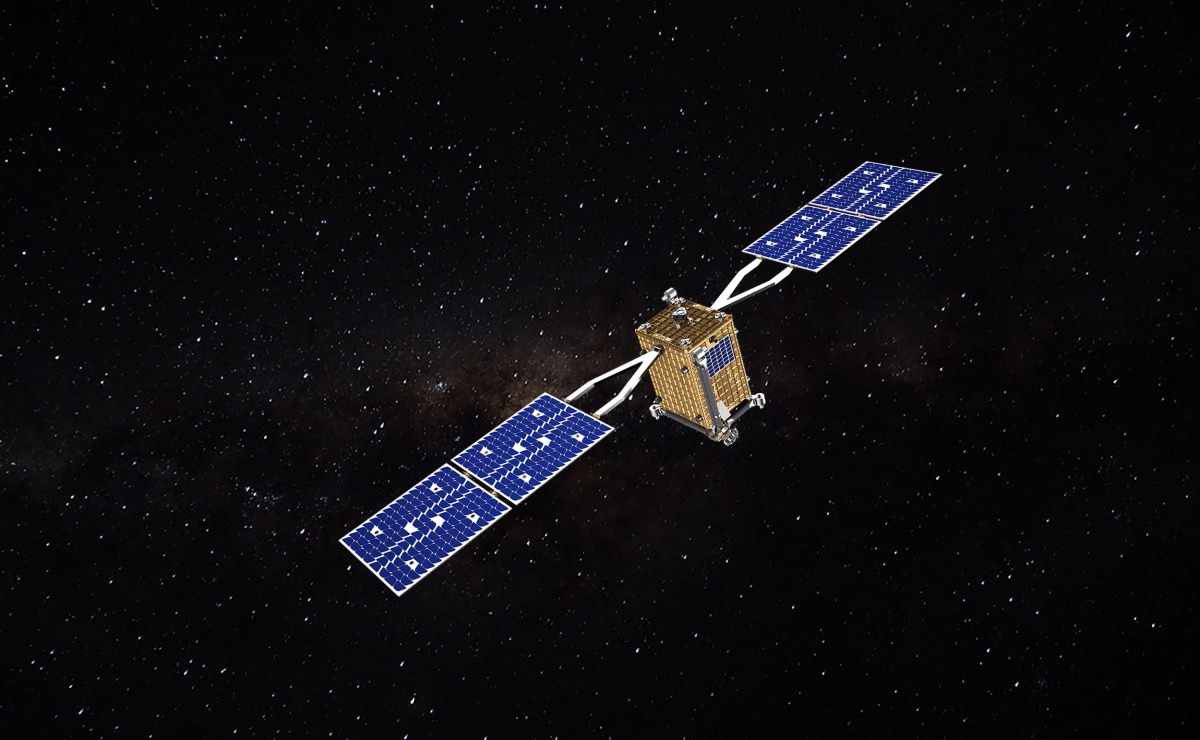Starfish Space and aerospace giant Intelsat have signed a new satellite servicing agreement that could permanently change the paradigm for satellite operations. Under the contract, Starfish will use its Otter satellite docking spacecraft to boost the orbit of an operational Intelsat satellite in geostationary orbit (GEO), using its onboard propulsion system to potentially provide several […]
© 2024 TechCrunch. All rights reserved. For personal use only.
Starfish Space and aerospace giant Intelsat have signed a new satellite servicing agreement that could permanently change the paradigm for satellite operations.
Under the contract, Starfish will use its Otter satellite docking spacecraft to boost the orbit of an operational Intelsat satellite in geostationary orbit (GEO), using its onboard propulsion system to potentially provide several more years of life. The two companies aim to conduct the landmark mission — Starfish’s first commercial Otter mission — in 2026.
“This is a market that we’re hoping to develop a large scale, and we actually want commercial customers to be adopting and utilizing satellite servicing as part of their normal fleet operations,” Starfish co-founder Trevor Bennett said in a recent interview.
The mission has two parts: First, the Otter will maneuver to a defunct Intelsat in what’s known as a geostationary “graveyard” orbit, where dead satellites in GEO are laid to rest, the goal being to demonstrate that the Otter is prepared to dock with a spacecraft. Second, it will actually dock with the Intelsat spacecraft that’s near the end of its operational life and boost its orbit using the Otter’s on-board propulsion.
Starfish is hoping this inaugural mission with Intelsat is the beginning of a new market for on-orbit satellite servicing, including both life extension and satellite disposal. At some point in the future, the startup envisions entire fleets of Otter spacecraft on orbit, ready to provide service where and when they are needed. Bennett said Starfish has focused on a few core technologies, like maneuvering capability, robotics and software, to enable the company to start building rapidly and at scale.
No doubt the large satellite operators are also keeping a close eye on the cohort of startups, like Starfish, that are developing tech that could change the game for the economics of their business. Being able to squeeze even a handful of additional years out of a multi-million or even billion-dollar satellite, which was designed to operate for 20 years, could be a big boon for these companies.
“The flexibility to decide what to do with spacecraft is always on operators’ minds,” Bennett said. “So there is a natural interest in services like ours that can actually enable them to make these dynamic decisions, whether it’s extend an asset for multiple years, relocate it to a new spot, those are the types of services that allow them to be much more agile in the market space.”
Thus far, Starfish has launched a smaller demonstration version of its Otter servicing vehicle, which the company playfully calls Otter Pup. That first mission came to an end earlier this year, and while the company wasn’t able to attempt to dock with another satellite due to technical issues, it did manage to rendezvous and image with a D-Orbit spacecraft. Starfish will launch another Otter Pup to low Earth orbit in 2025, and a separate Otter slated to execute a $37.5 million Space Force contract also in 2026.
“The goal is to have this future where satellite interaction in orbit is ubiquitous, it is mundane,” Bennett said. “Right now it’s still very exciting and unique in many cases, but we’re trying to build this habit of, let’s do more complex interaction space and have that be routine.”

Leave a Reply